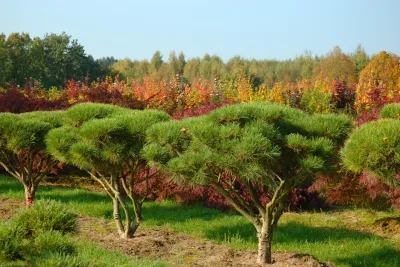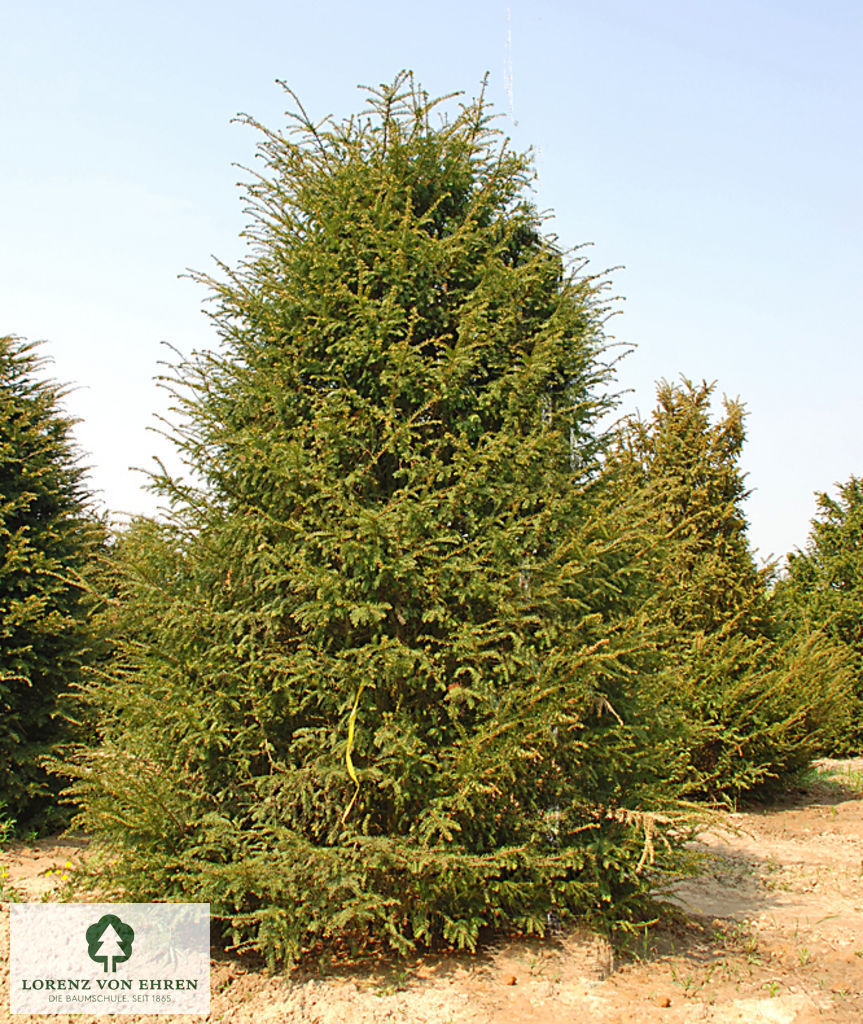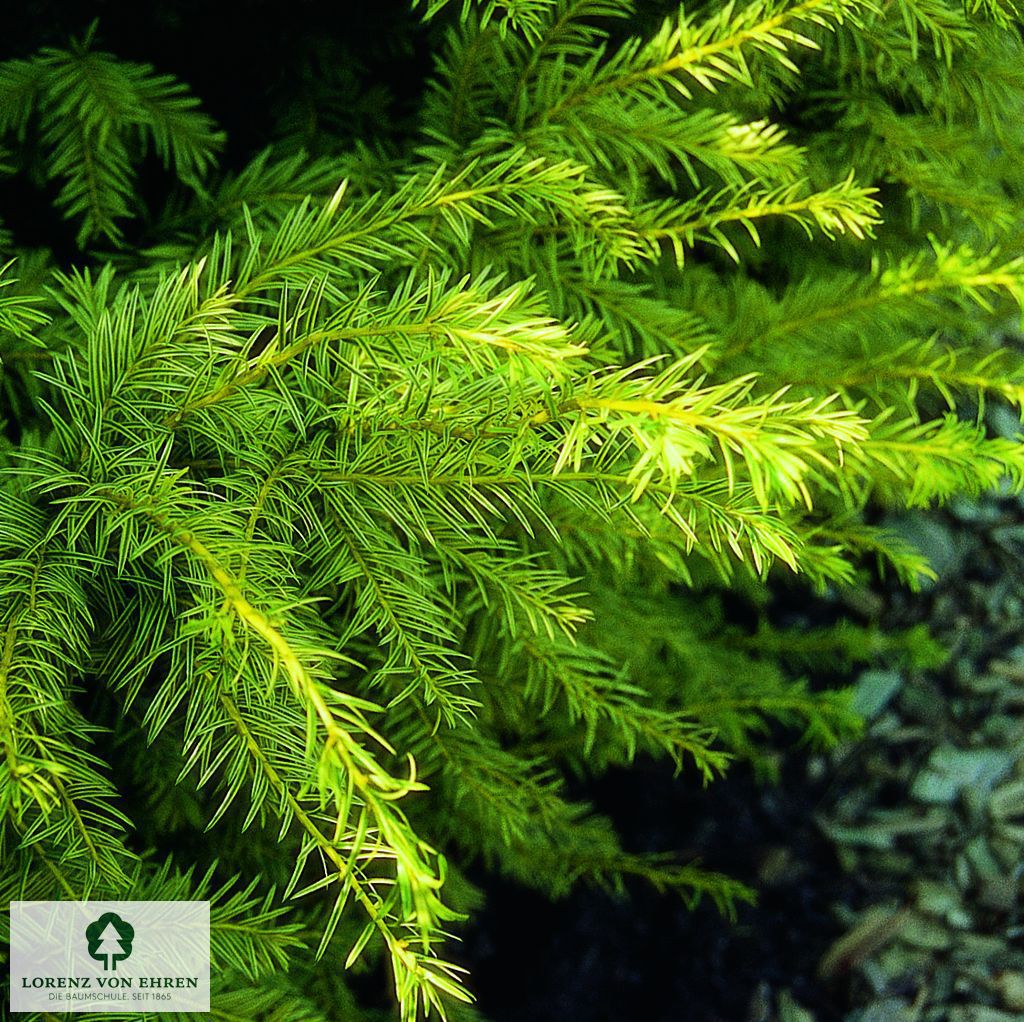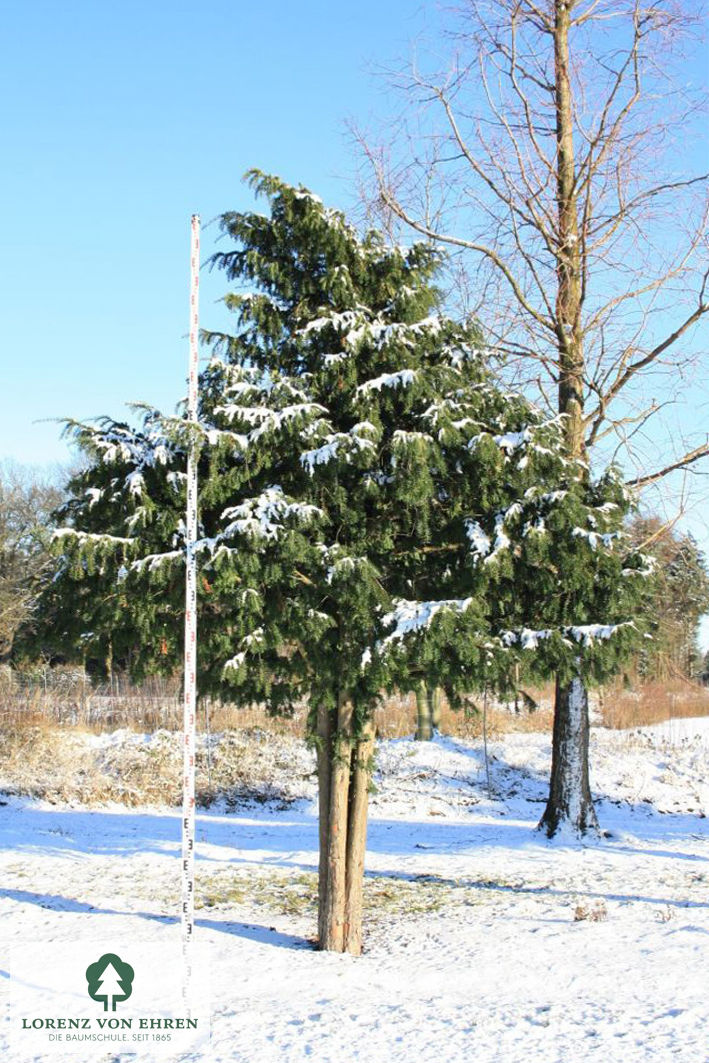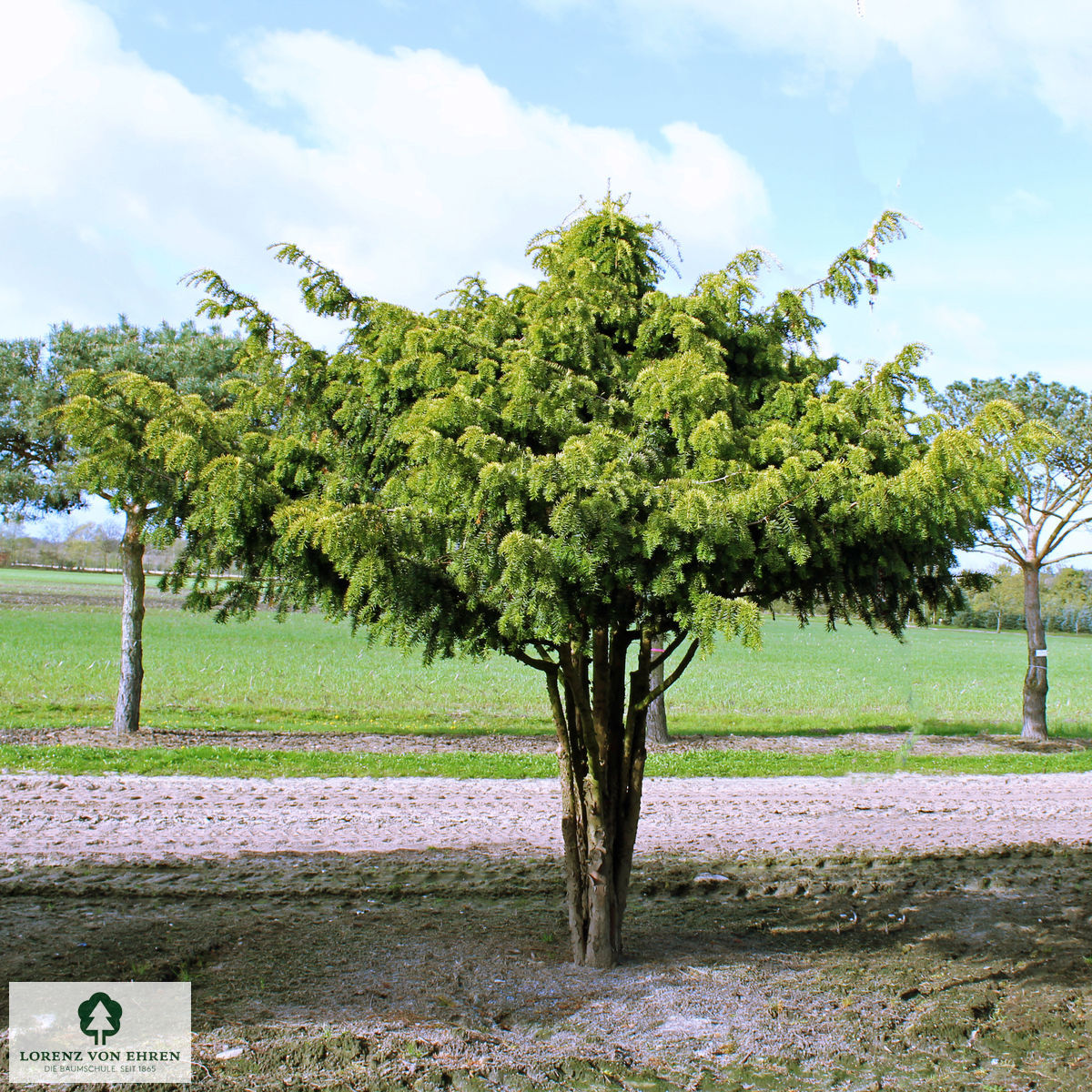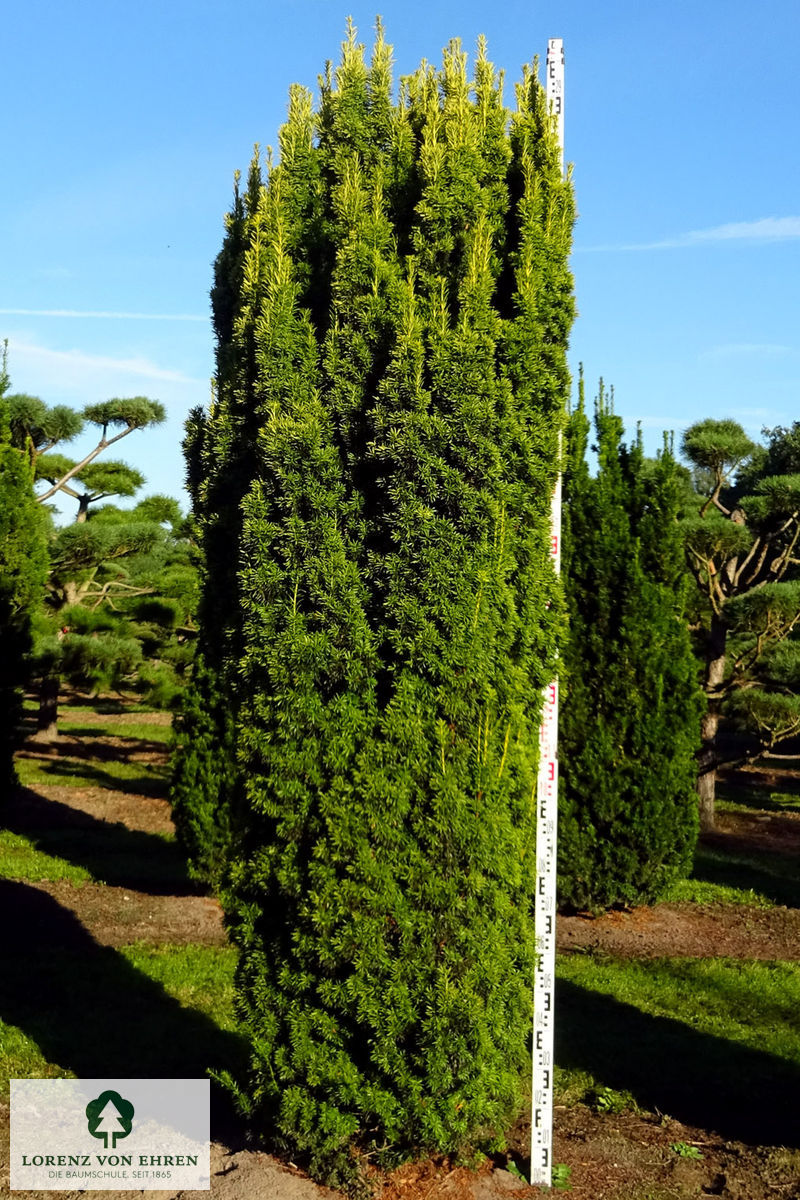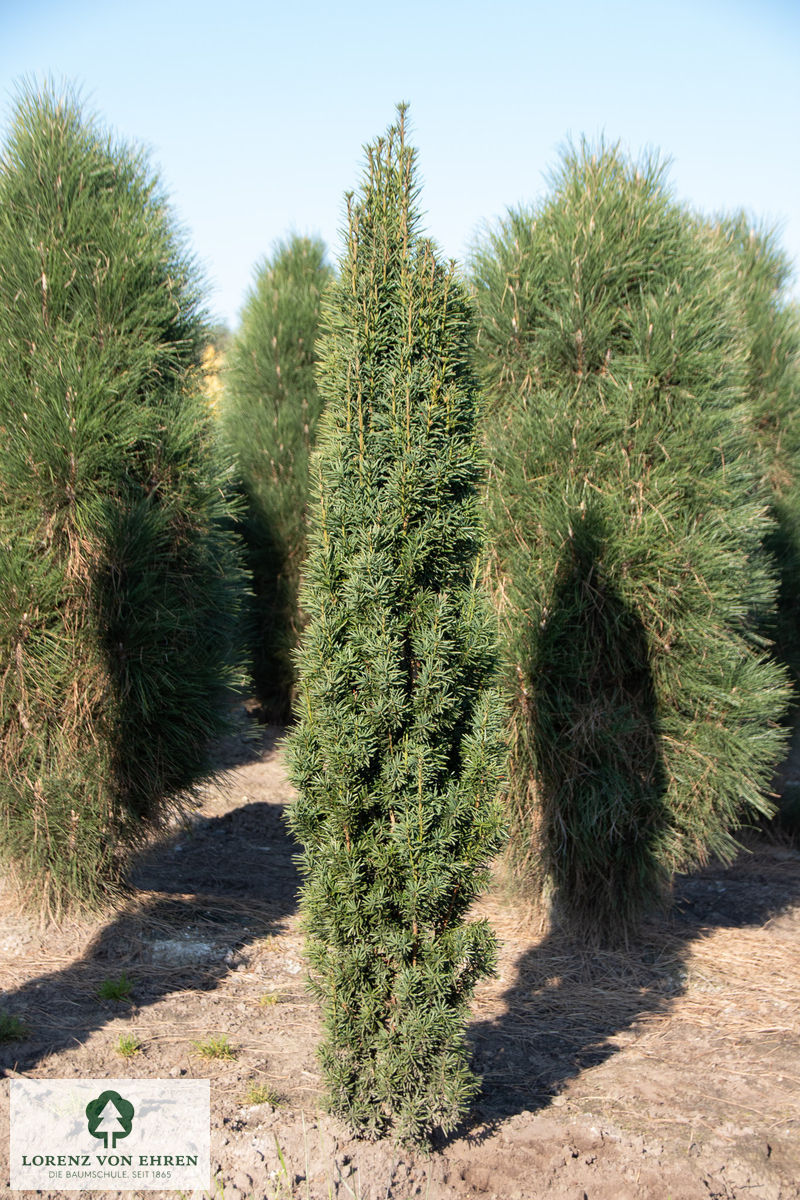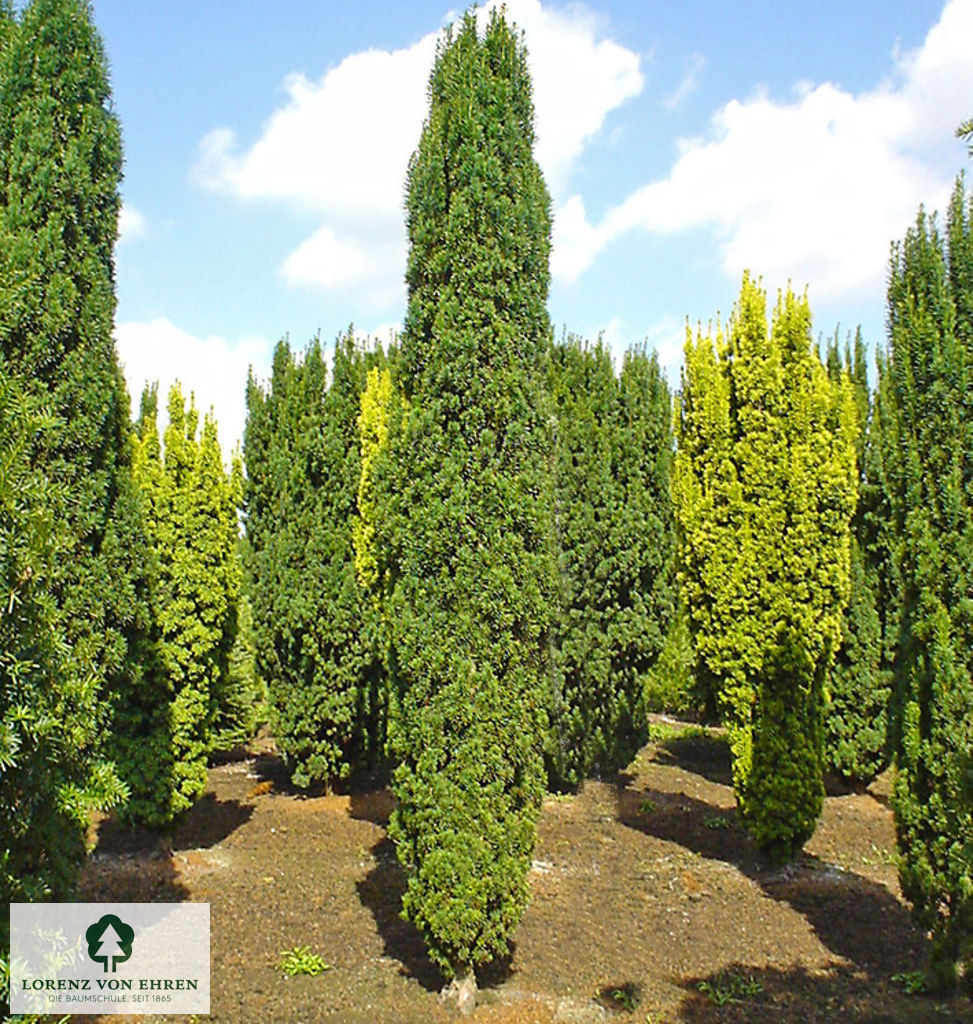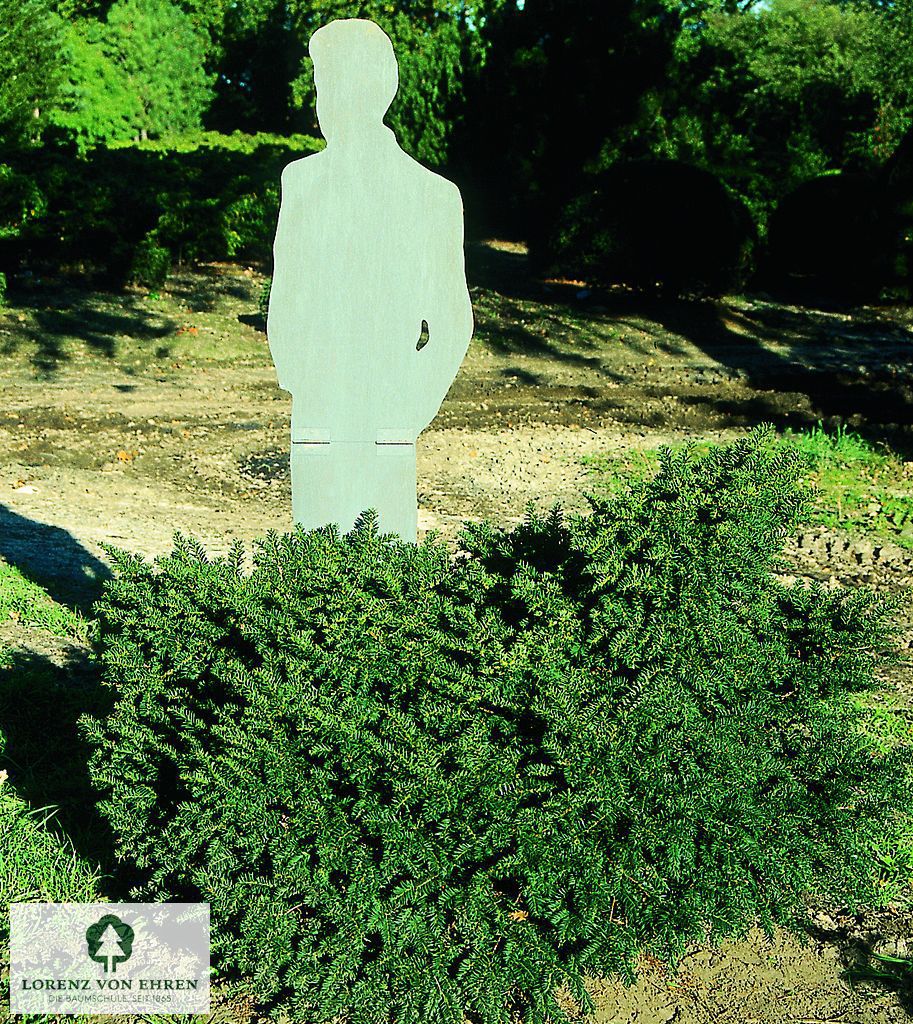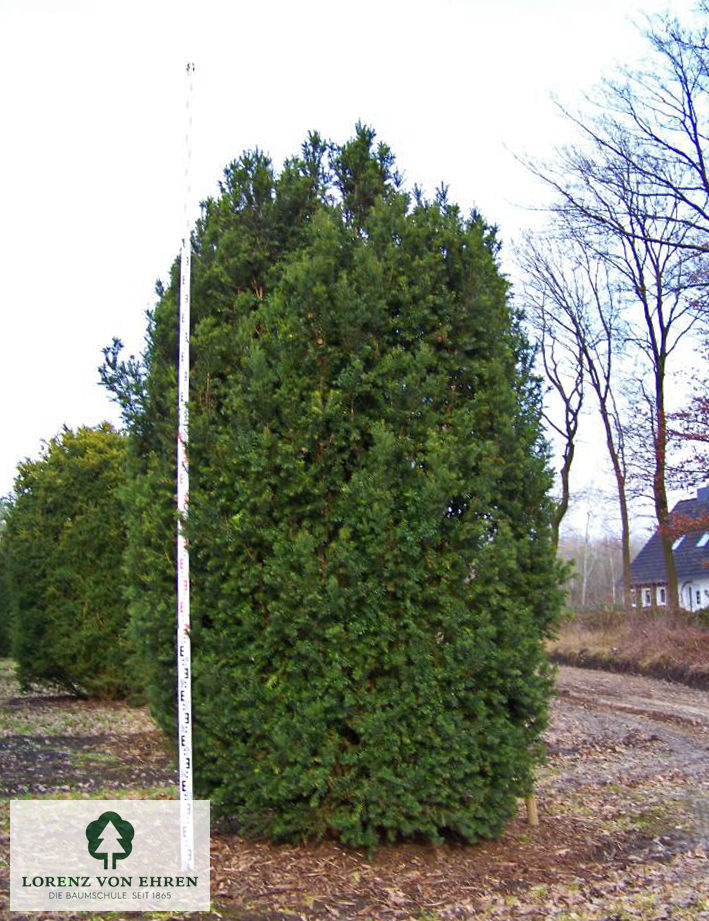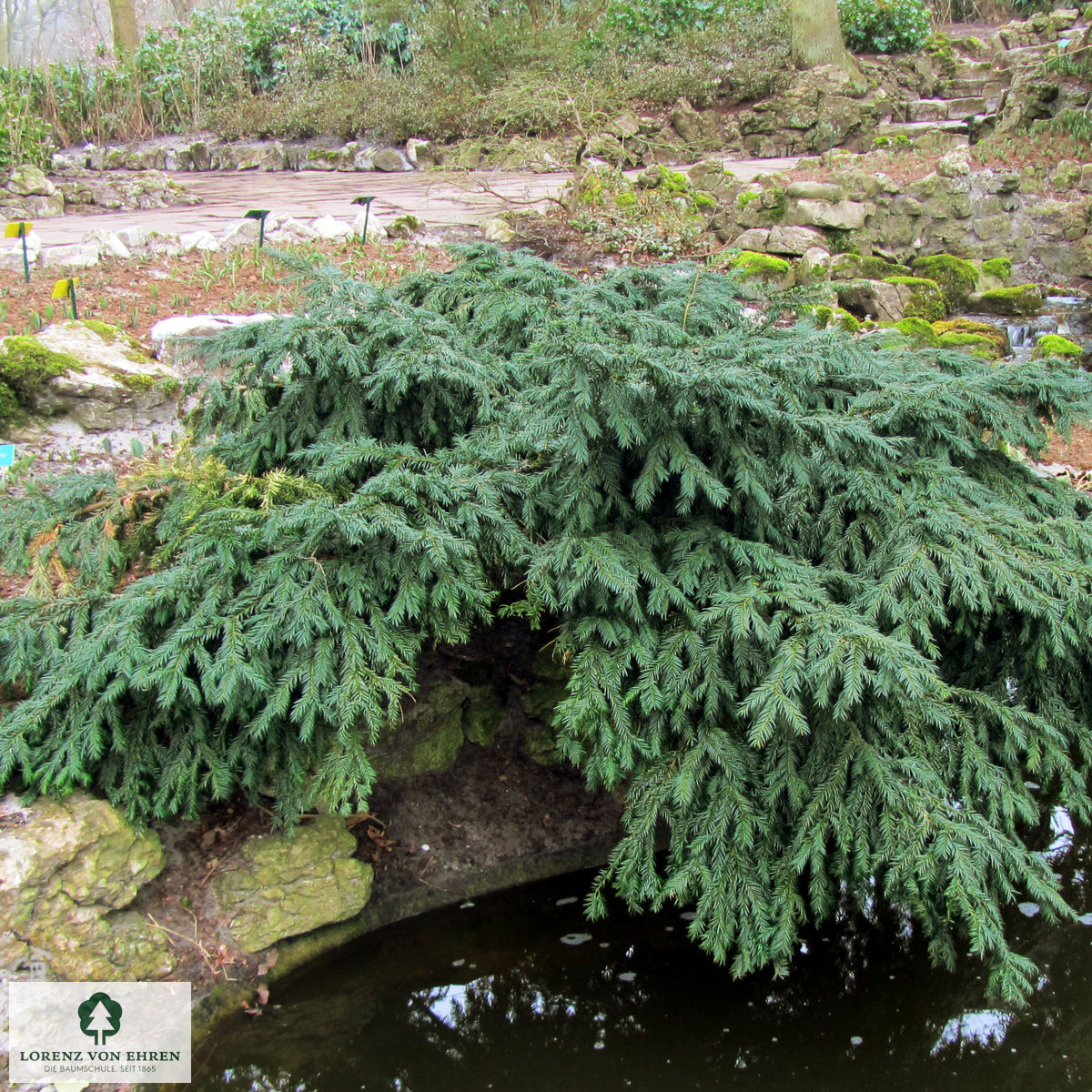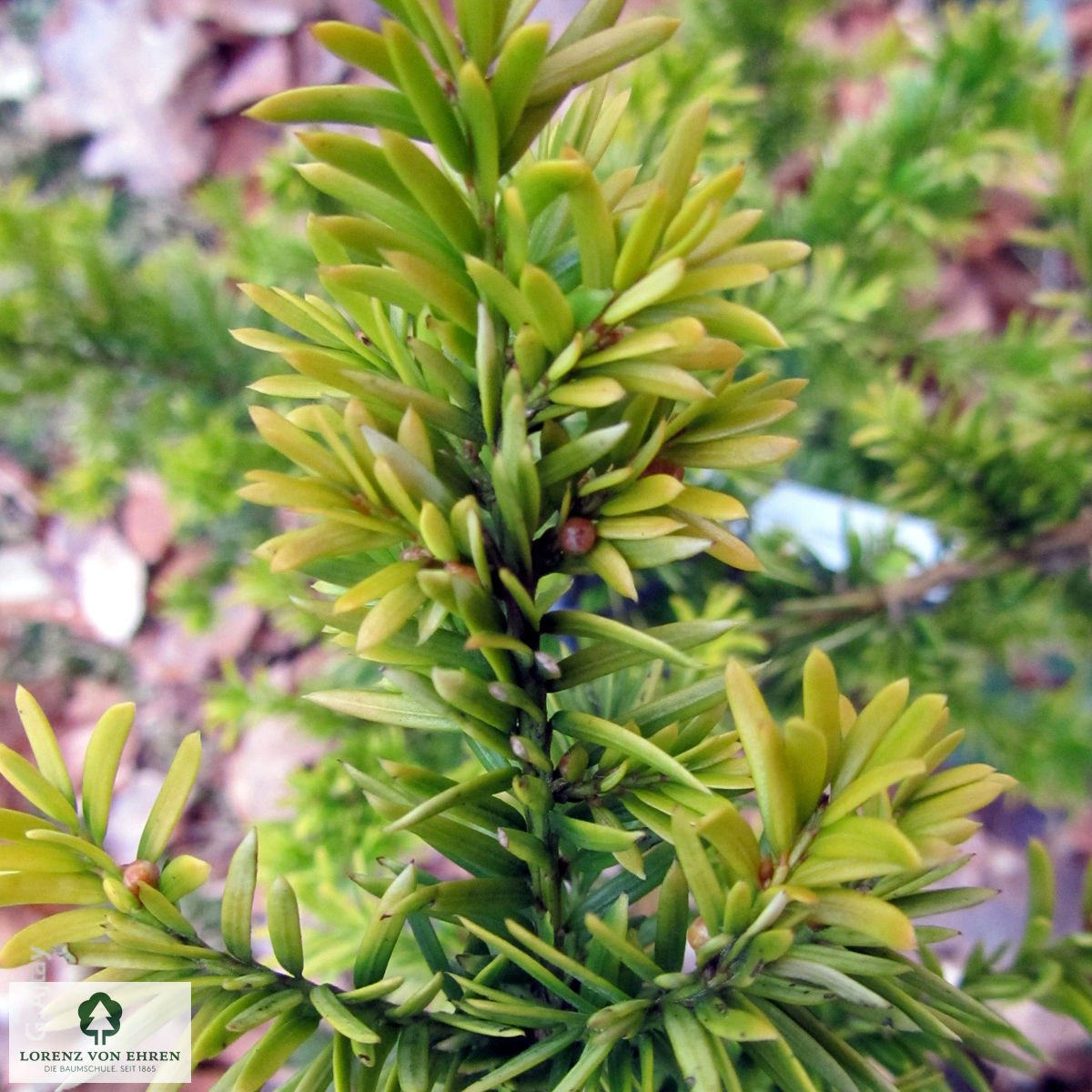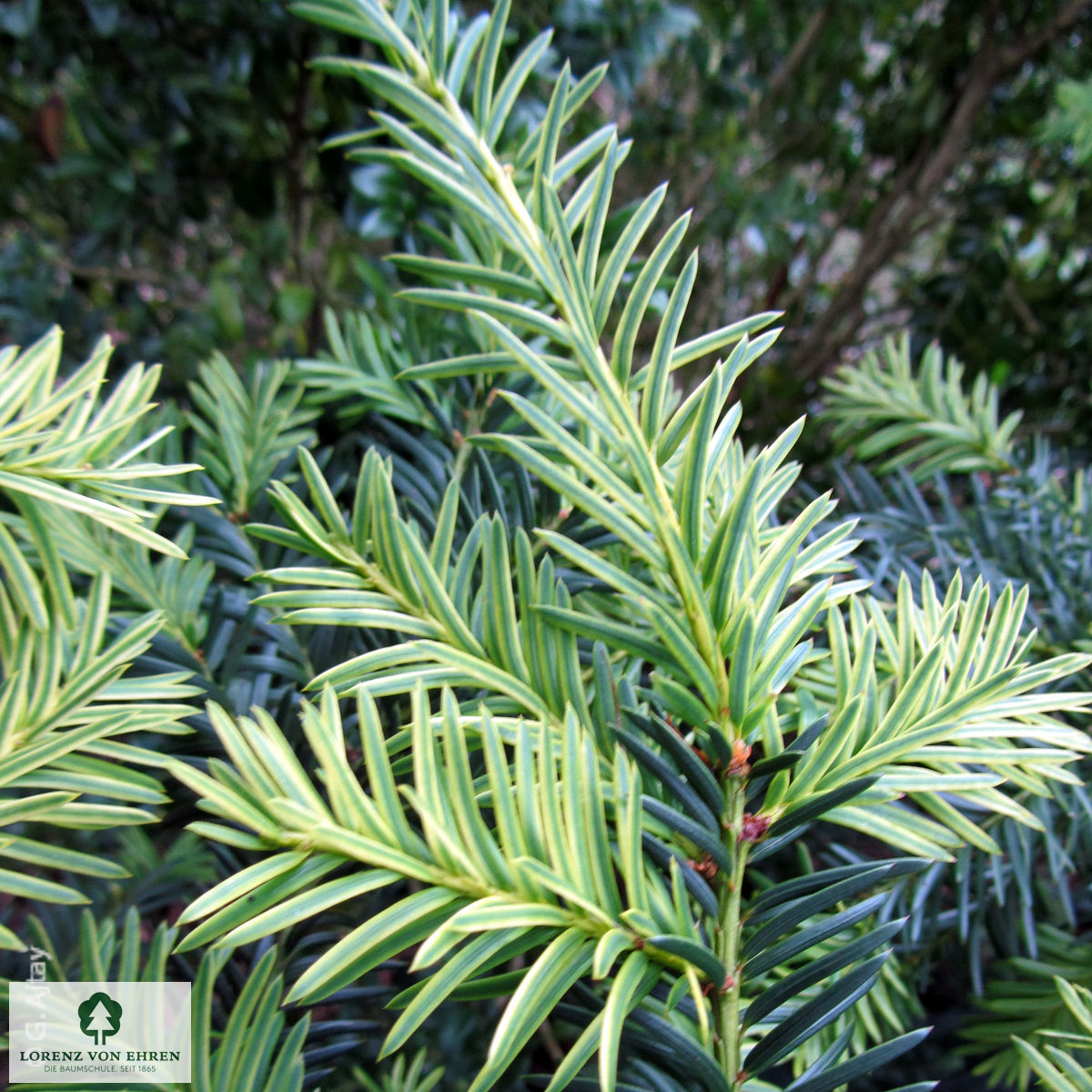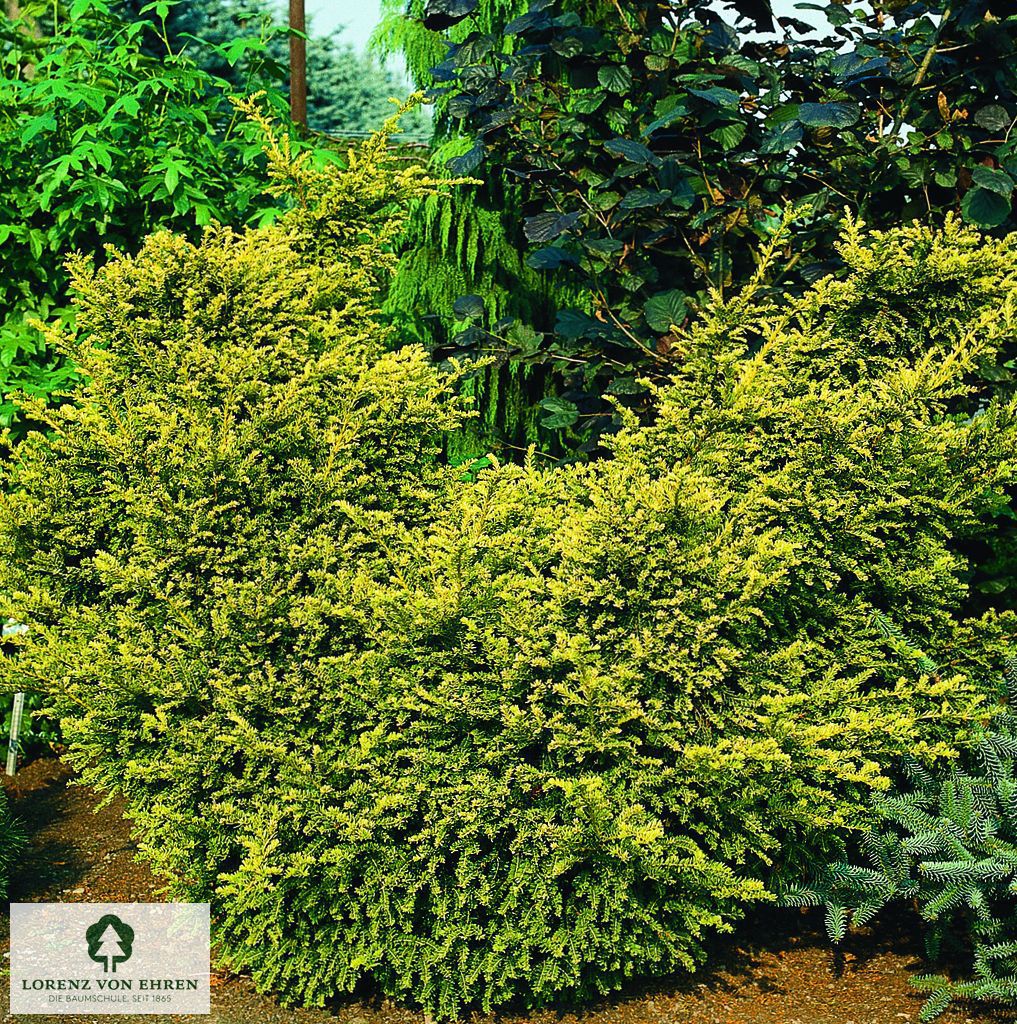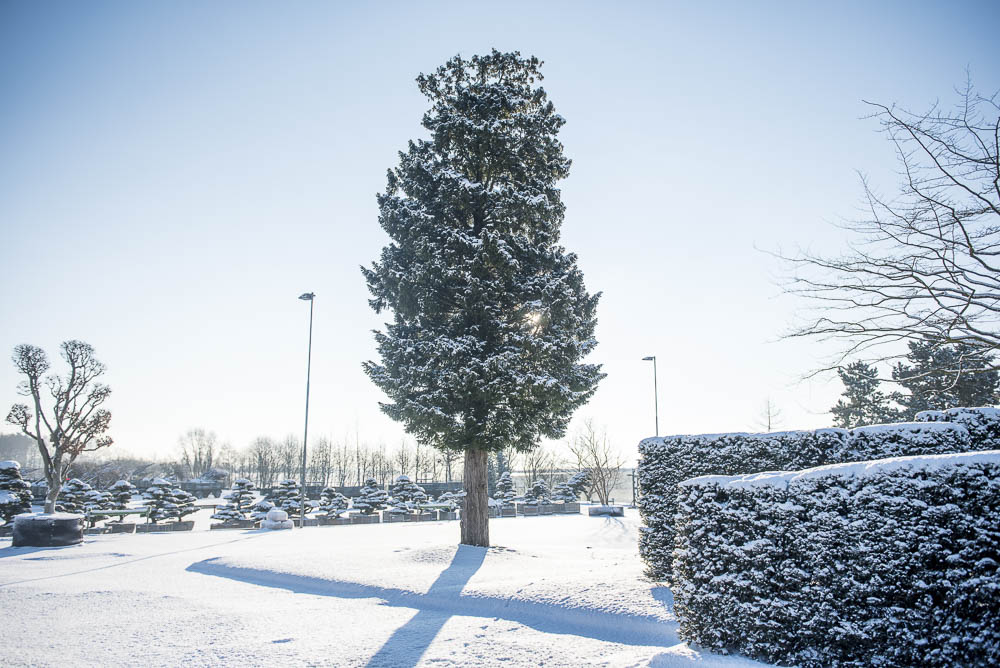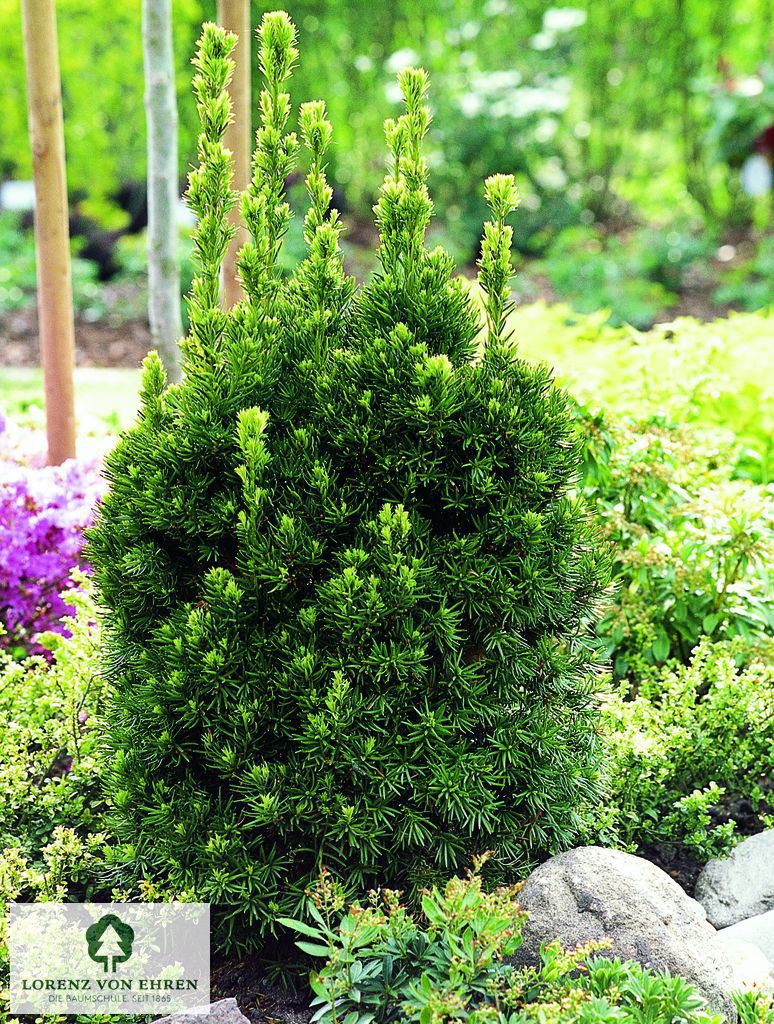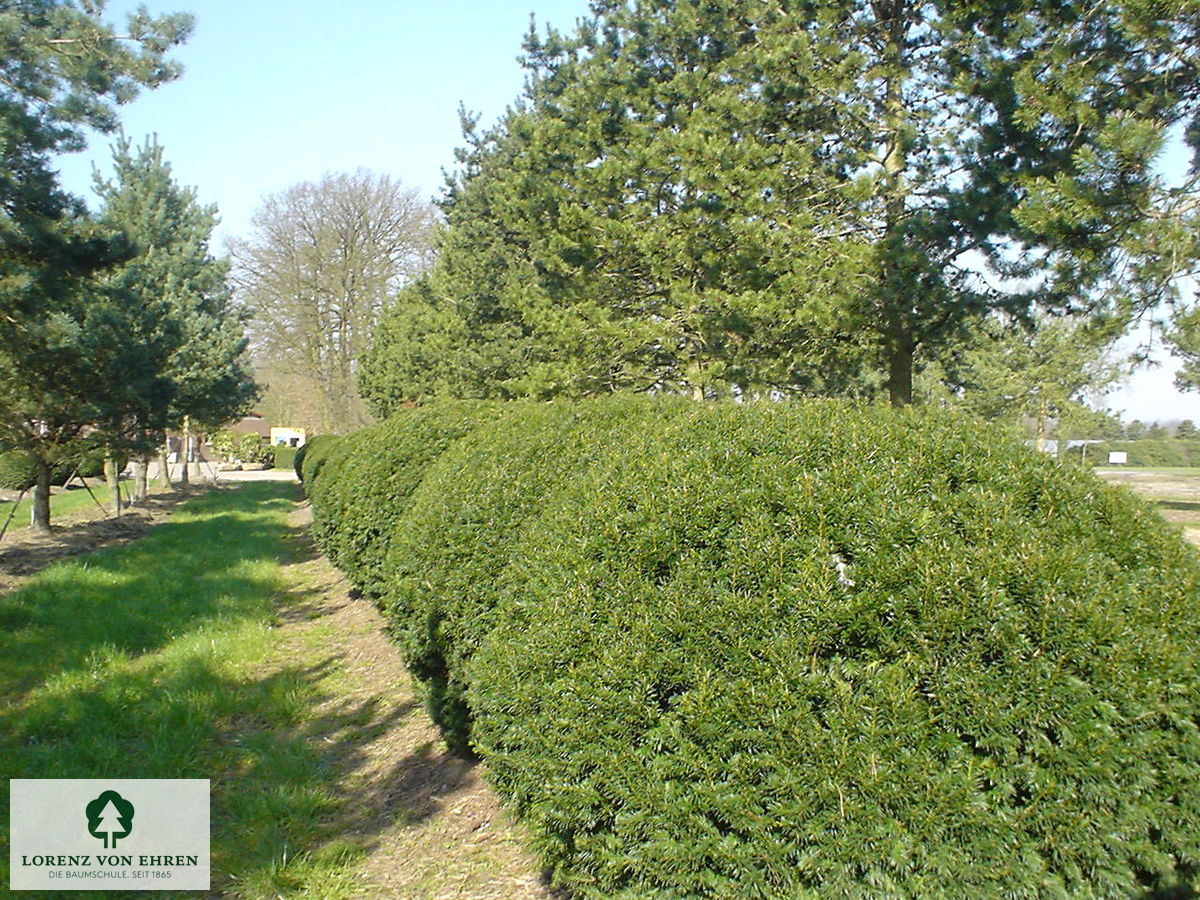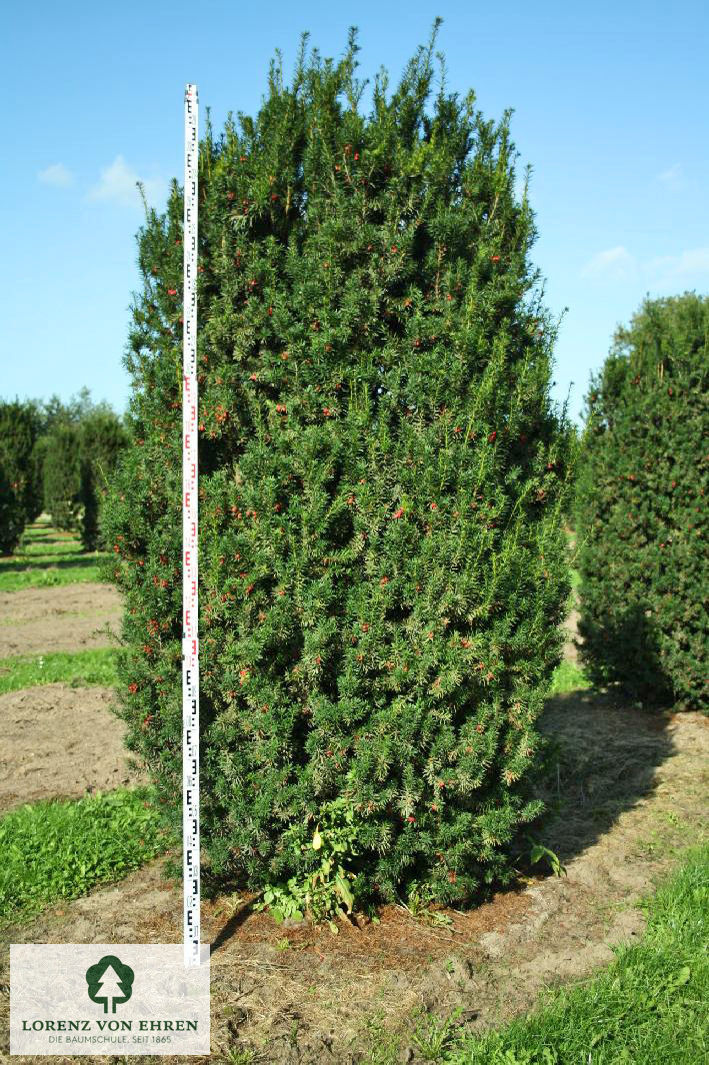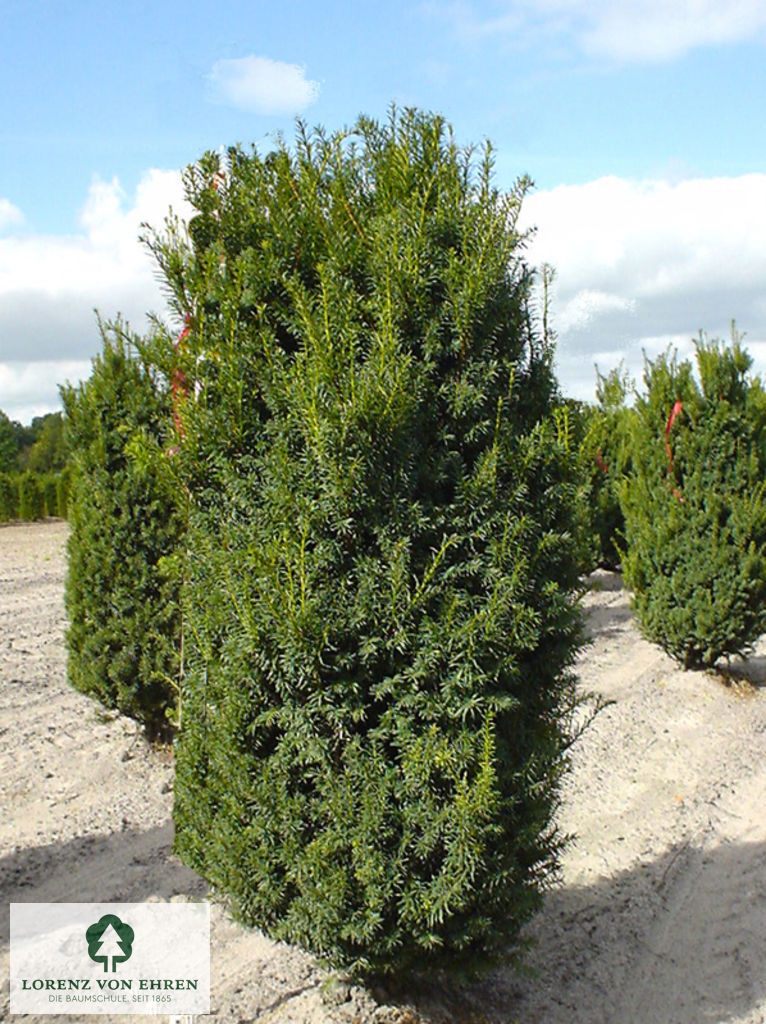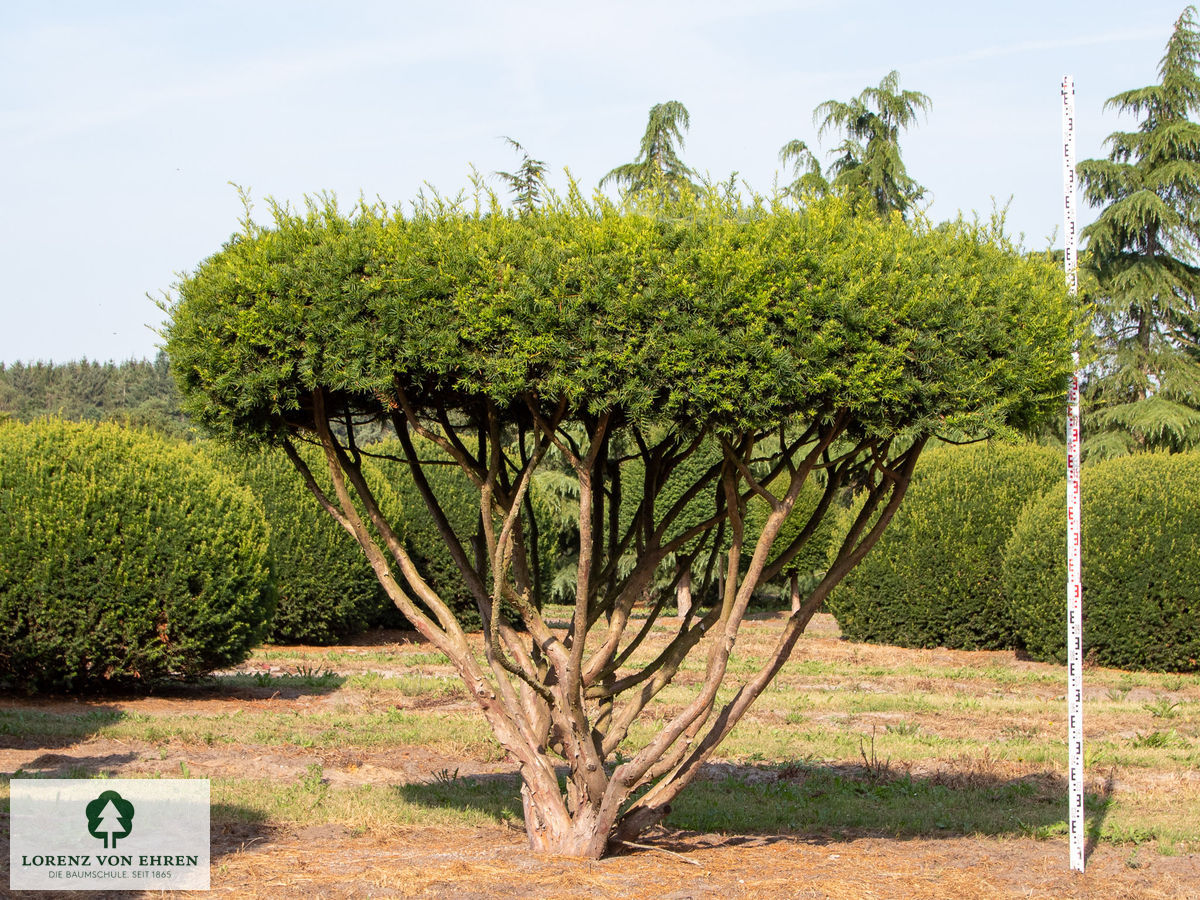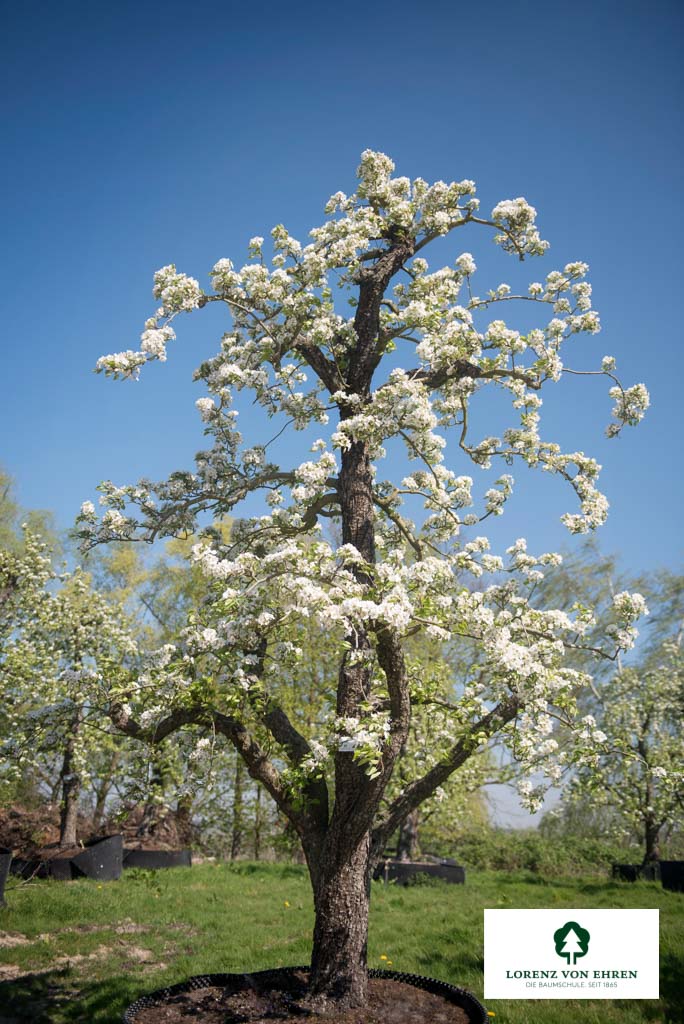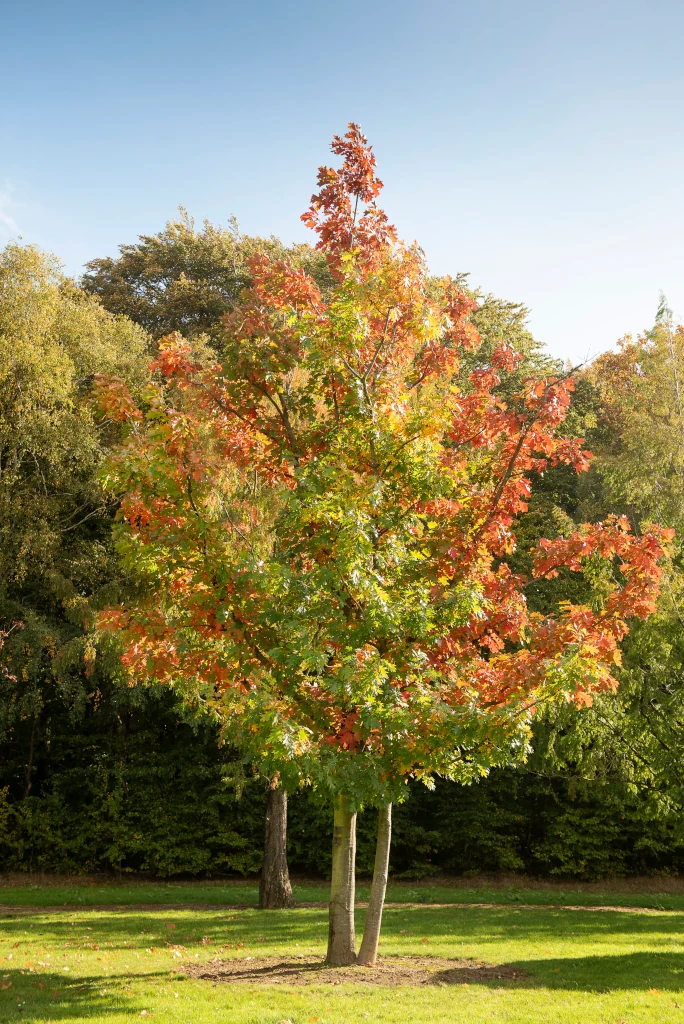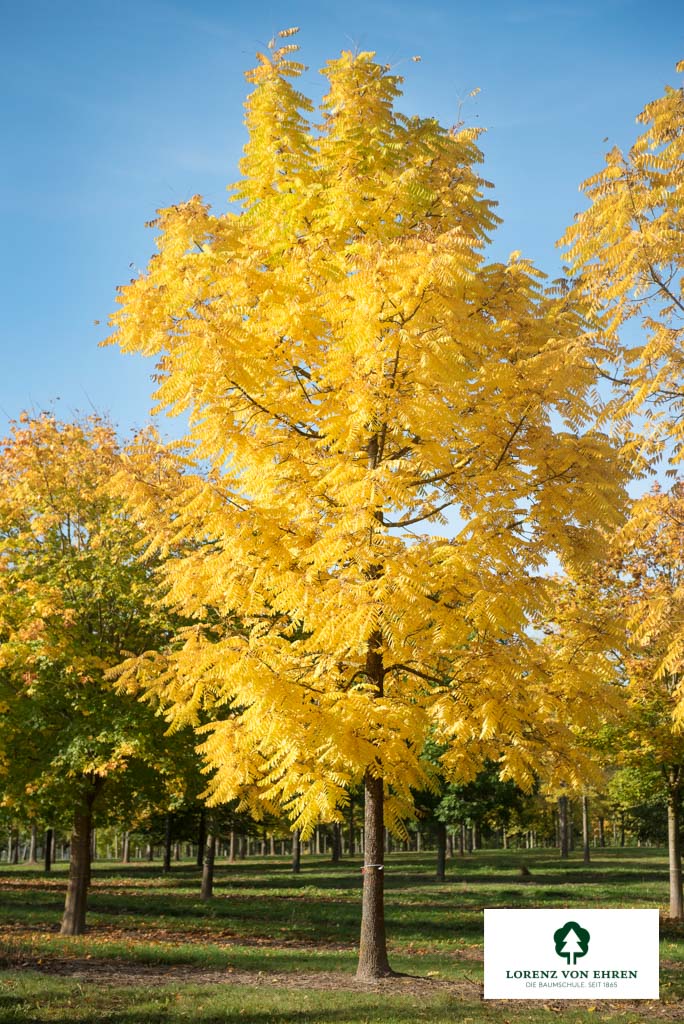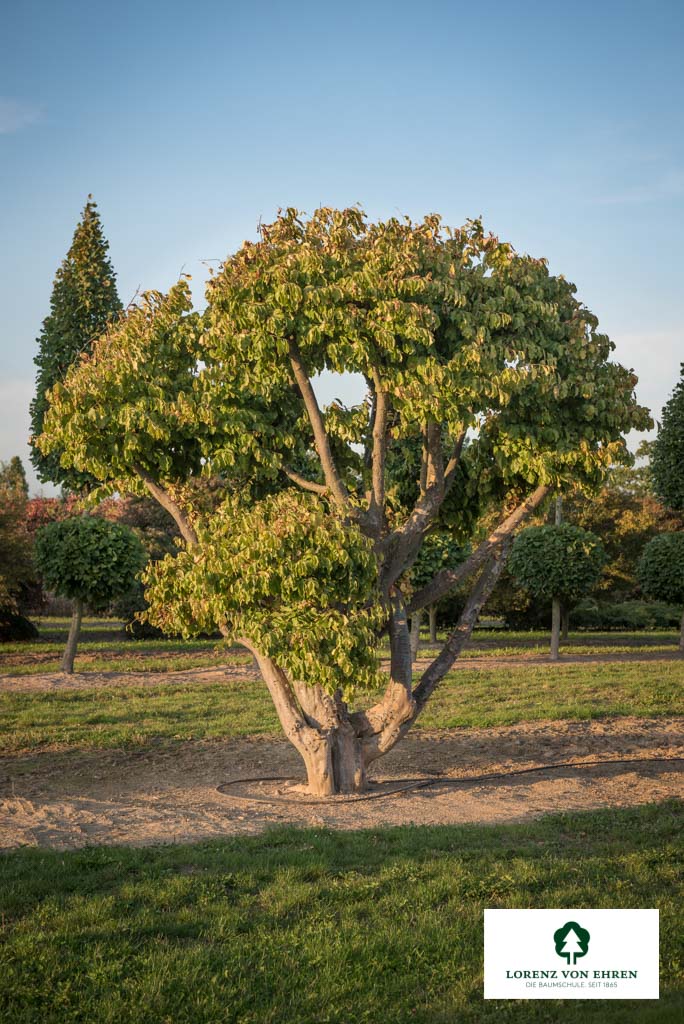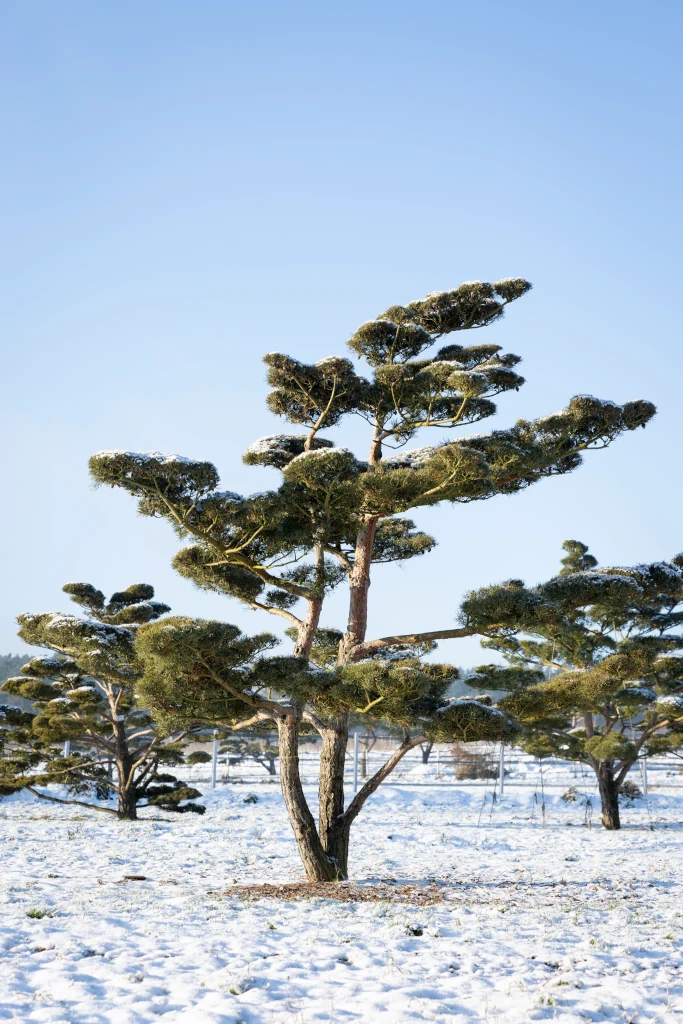Taxus - Yew
Taxaceae
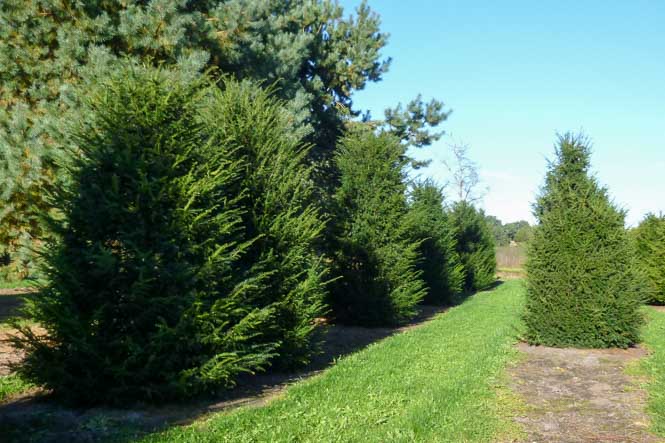
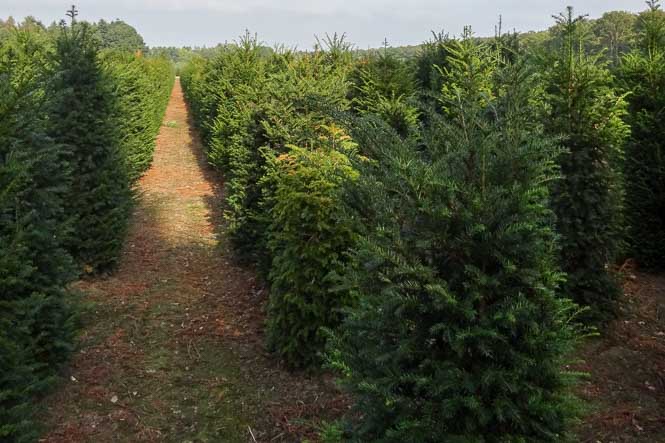
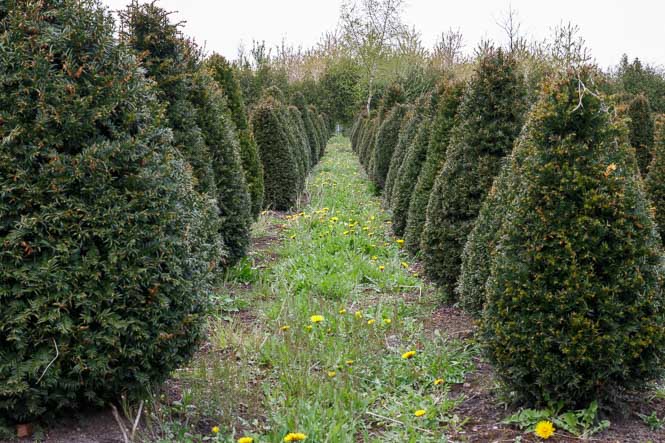
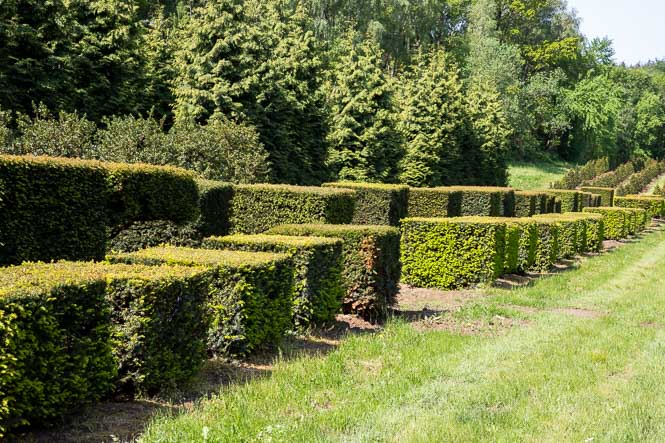
Our Taxus
The yew genus comprises only 10 species that are not large trees. Yews are shrubby or small-tree-like or sometimes medium-sized trees. Yews can get very old, even up to 1500 years. They belong to the most tenacious coniferous trees. Since they grow much slower than most coniferous plants, their age mostly cannot be recognised.
Yew needles are coloured dark-green or black-green. The underside of the needle is matt-light-green. The needles are extremely toxic. The needle position depends on the branch direction: The needles are arranged in a comb-like manner on horizontal or overhanging branches. On the upright shoots they grow radially. In contrast to pine and cypress trees, they are odourless and without any resin.
Yews are diecious. Males open their dusting, catkin-like blossoms in early spring. Inconspicuous female blossoms grow to red berry-like fruit cups in mid-August or later. The numerous attractive selections from yew trees are often either exclusively male or female. This means that about half of the cultures cannot be expected to have a fruit stock
Flat bark of older yew trees never hardens. It peels off like on a plane tree, creating a unique pattern of cinnamon-red, reddish-brown, or violet-grey spots. The root system is usually an intensive heart root system, which is able to withstand the root pressure of much larger trees.
Even old yew tries feature extraordinary cutting properties and regenerating ability. Therefore, it is no wonder that yew trees have been the most widely used garden and park trees for centuries, also in historical gardens and parks. Among all coniferous trees, yew trees have the highest ability to develop shoots and regenerate.
Yew species
A. Varieties with green needles and deviating forms
While conspicuous column-like species are prominent solitary trees, the bushy growing shrub types are more preferred for group plantings, mixed and cut hedges.
Especially new bushy types impress with their good tolerability to solar radiation, resistance to frost, urbane climate, and wind.
B. Species with yellow-coloured needles
Yellow-needle types always grow weaker than the green-coloured varieties, as they partly lack the leaf green for assimilation. They are not quite as robust, less frost-resistant and are more likely to be damaged in extreme conditions.
Use of yellow-needle yew trees seems to be ambivalent. They require sunny places to allow for bright colouration, ad in cool humid places this is not a problem. However, in hot and dry places, their needles burn in the blazing sun. Therefore, such species should be better planted in off-sun or light-shaded areas. If they are too much shaded, their needles will green, and the characteristic colouring will disappear. The most ideal are places where the trees are sunbathed for a while but protected from the midday sun.

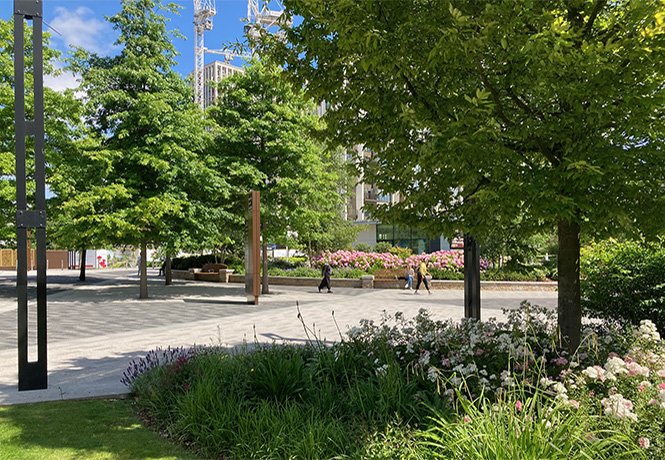
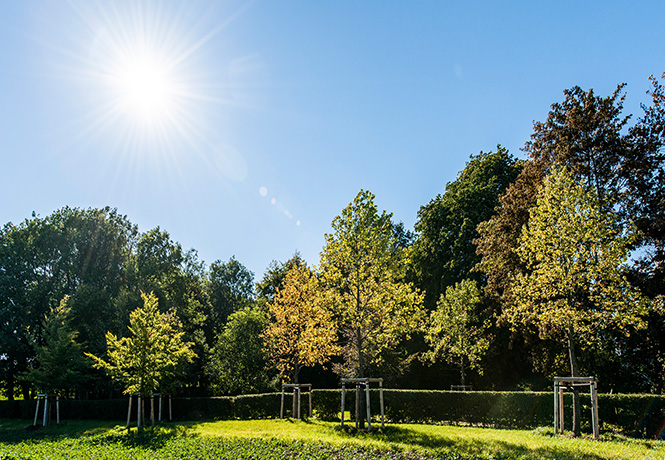
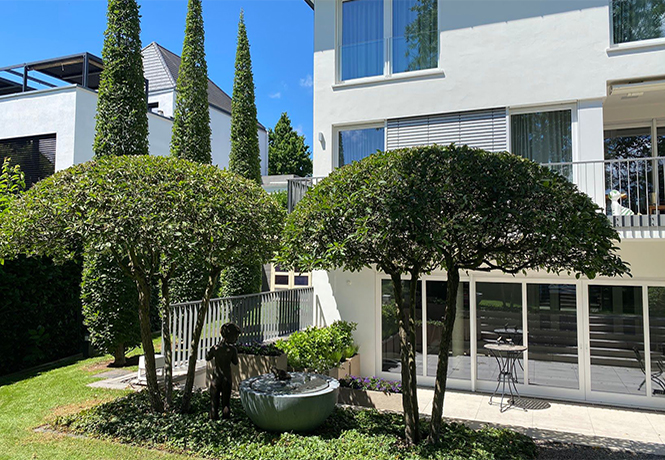
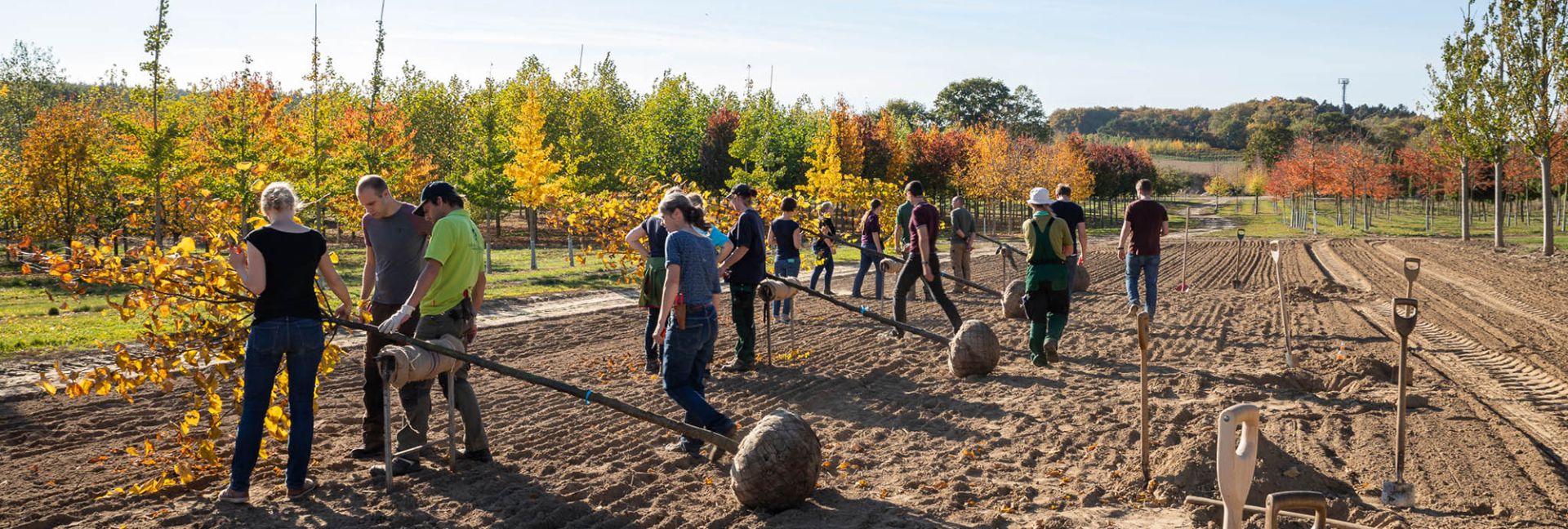
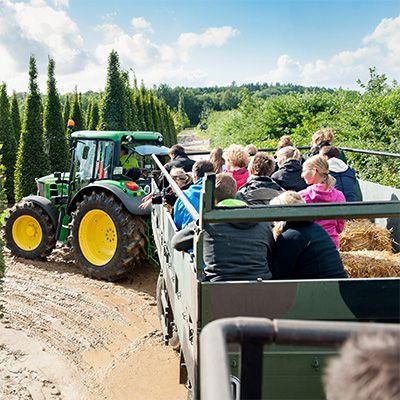
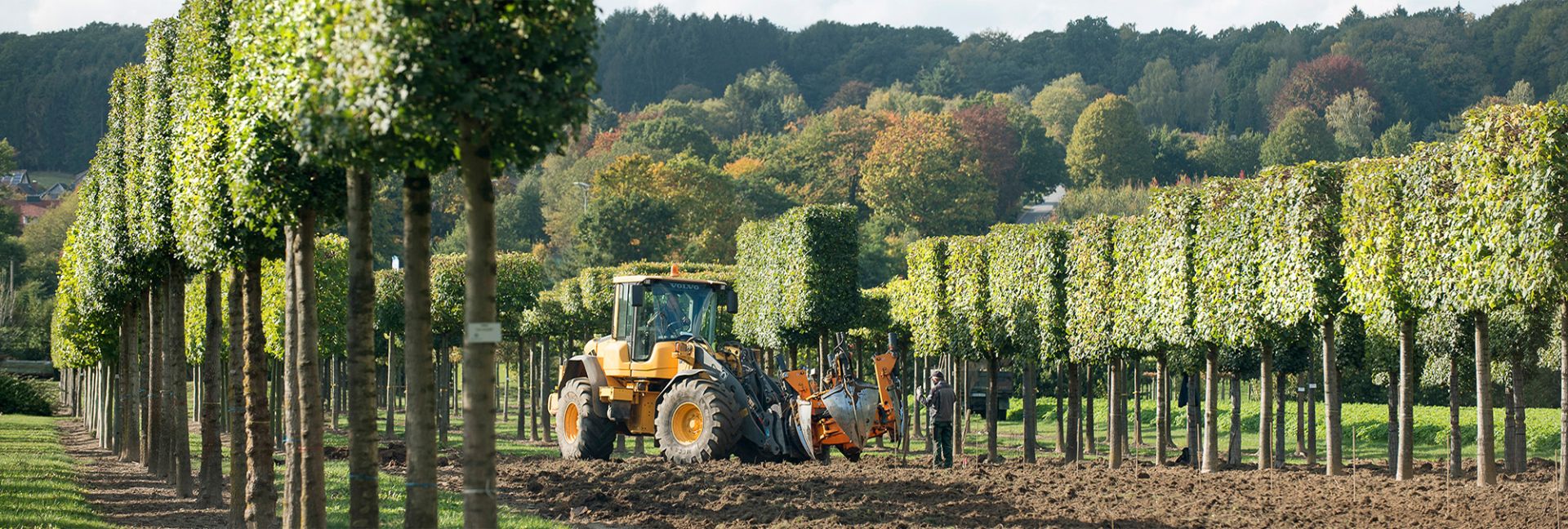
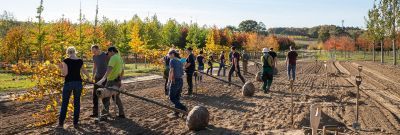
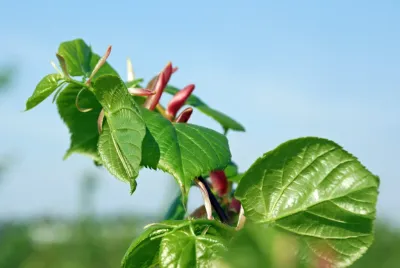
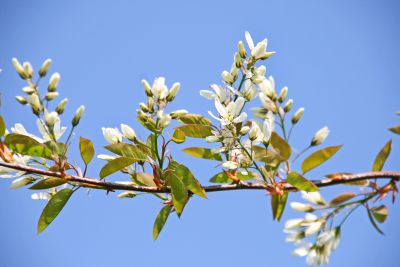
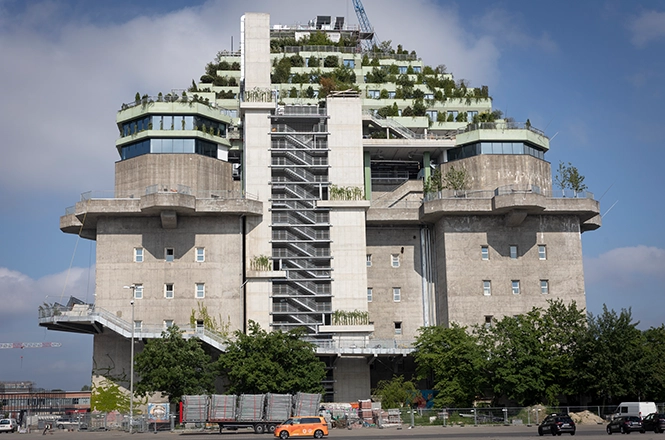
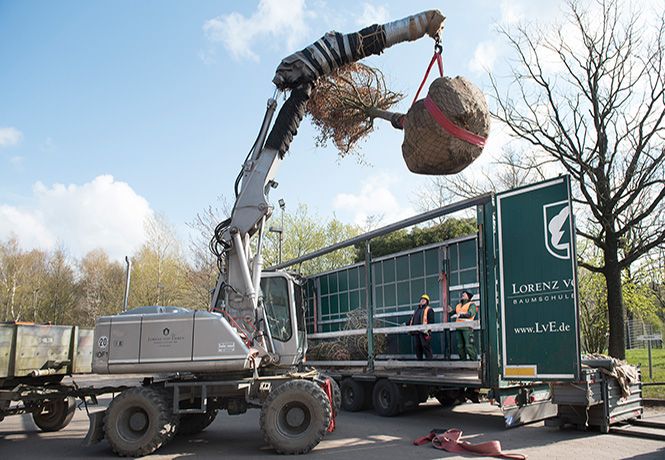
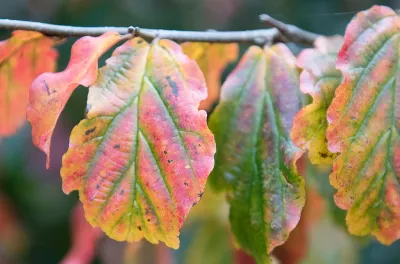
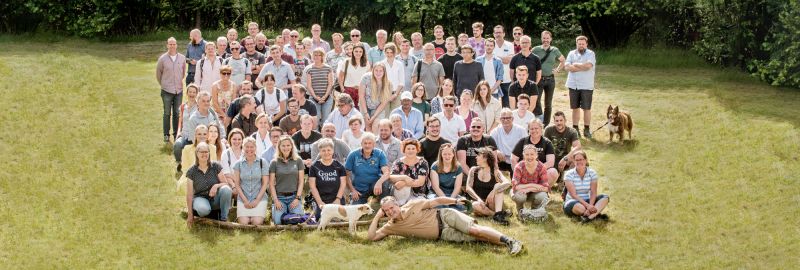
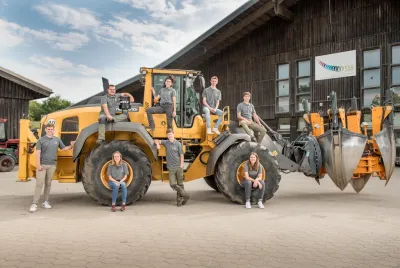
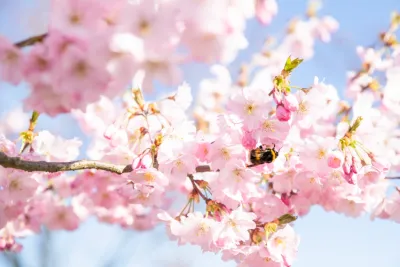
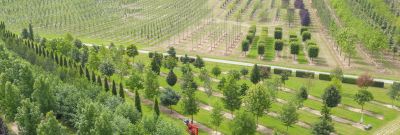
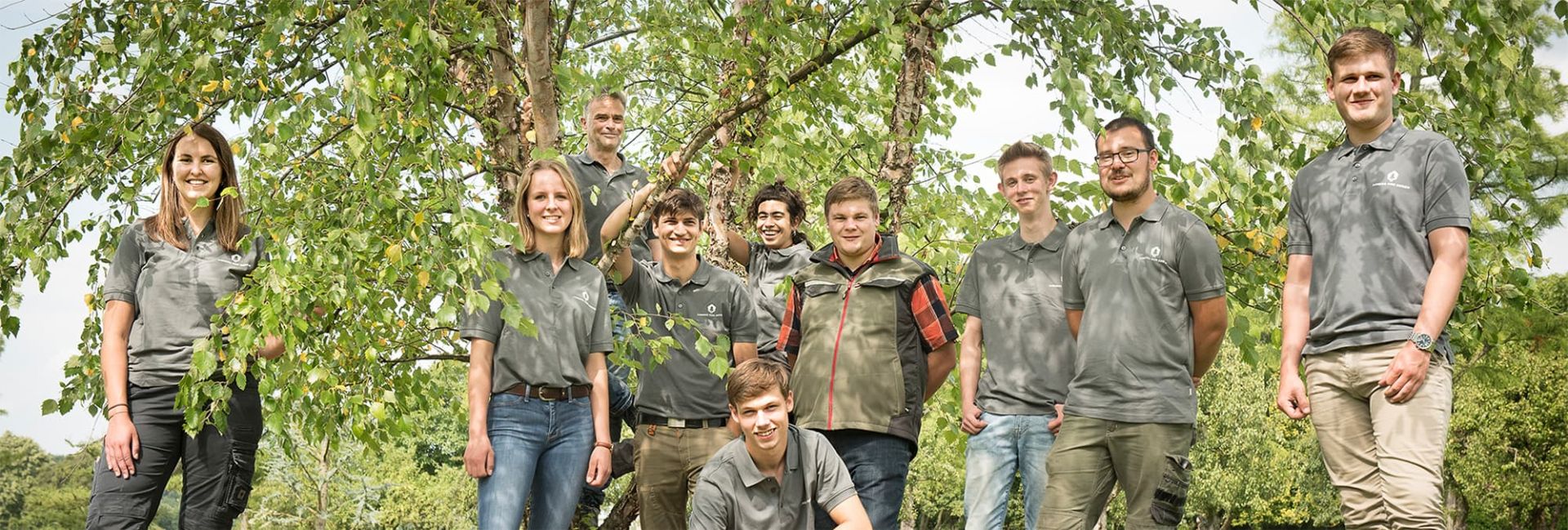
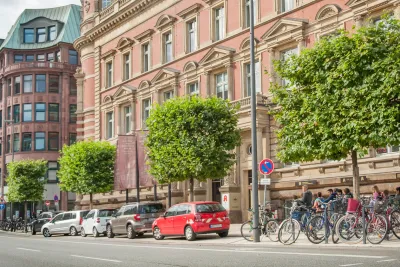
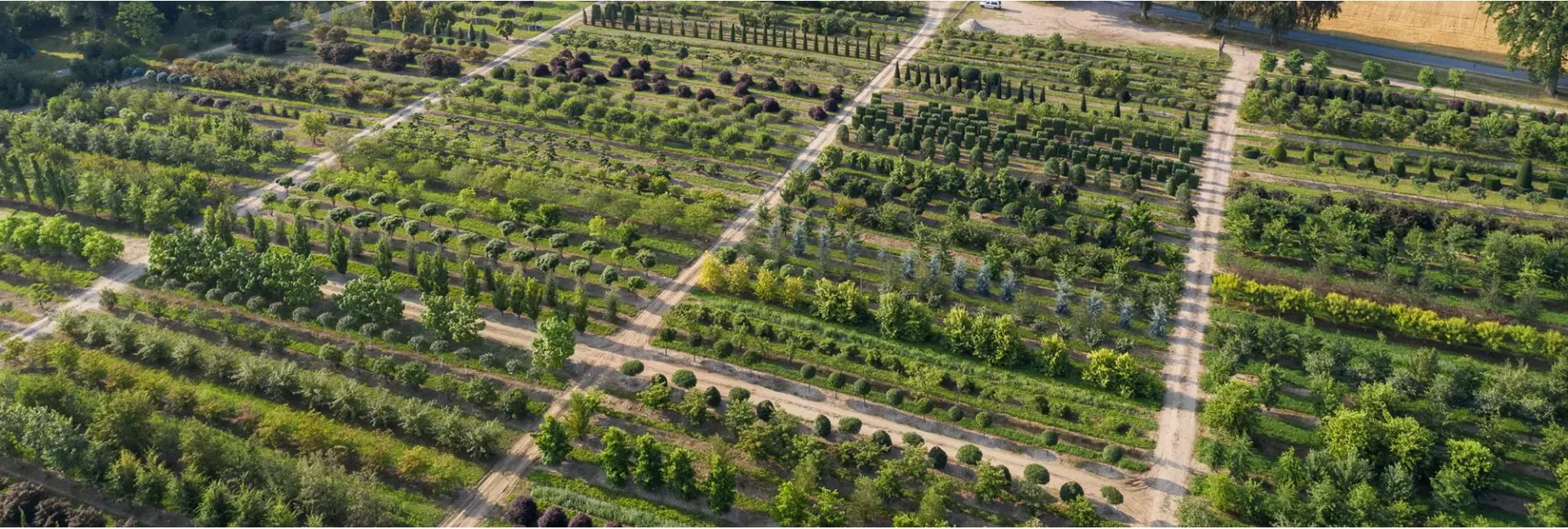
_400x400.webp)
